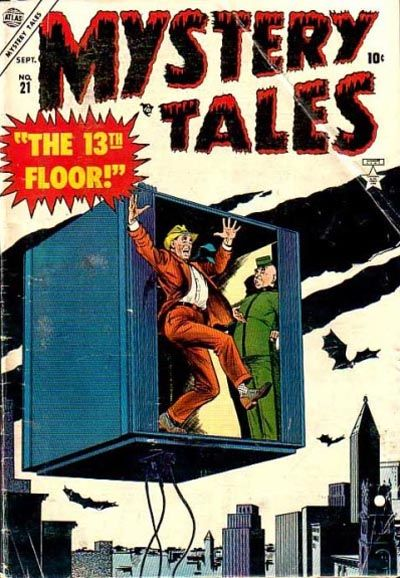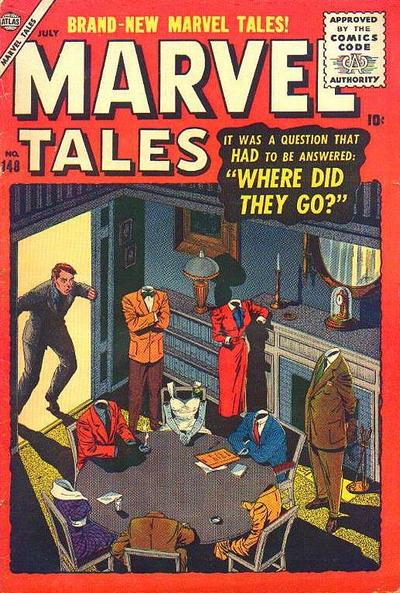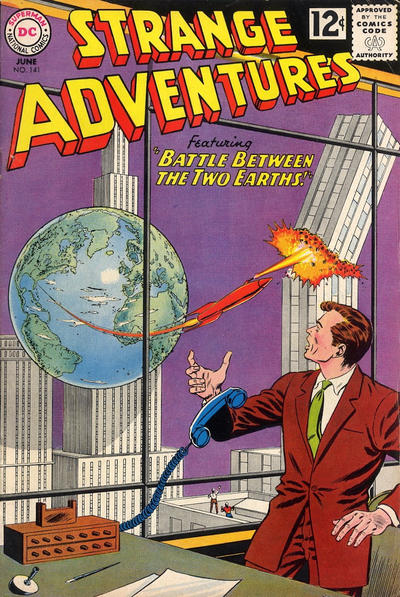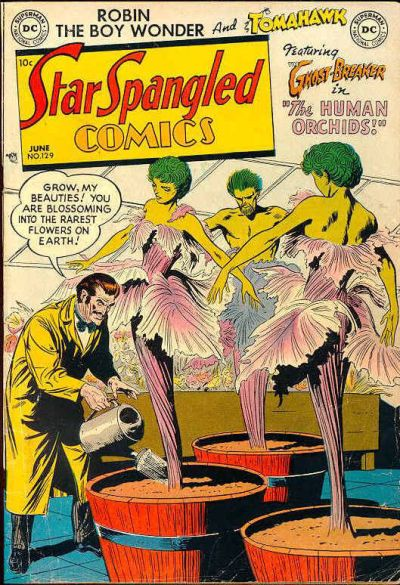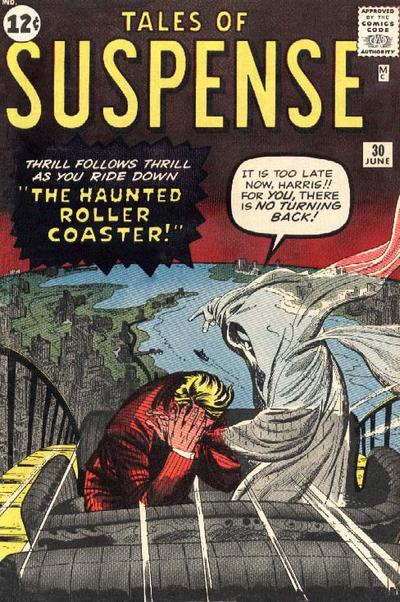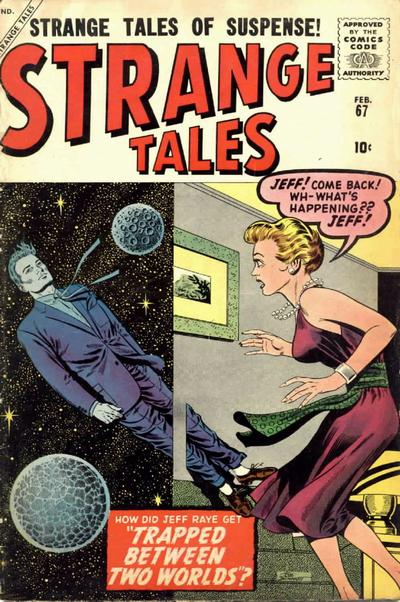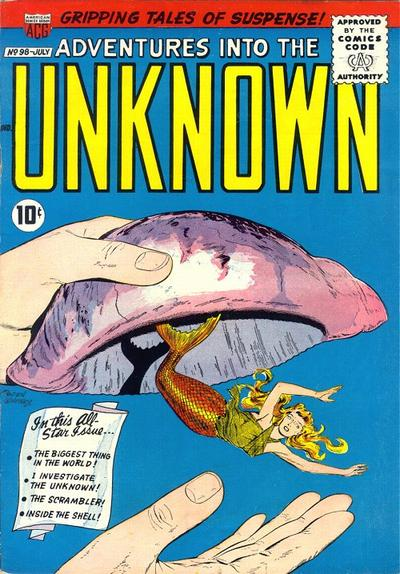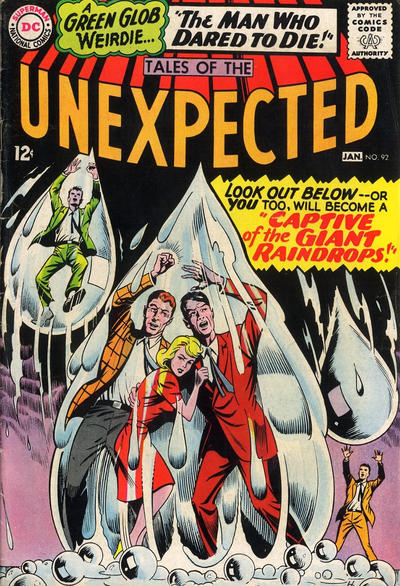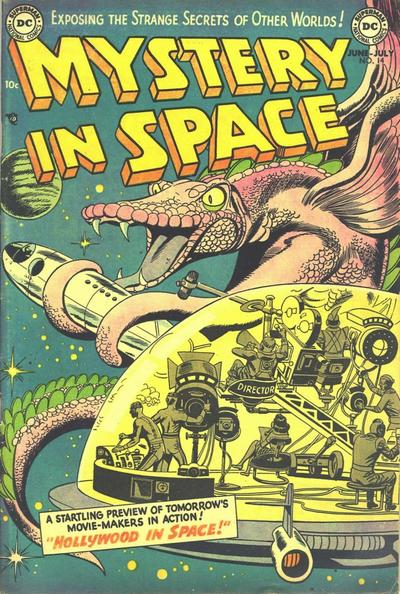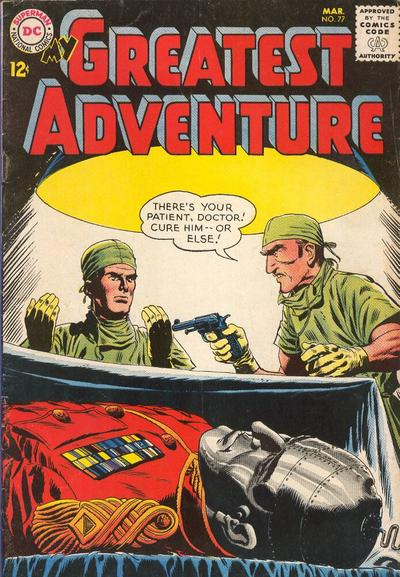I had heard (perhaps misheard) that the Doctor Strange sequel was going to be the MCU’s first proper entry into the subgenre of superhero horror. While Marvel comics had inspired a number of similar hybrid projects across time, from Ang Lee’s Hulk (an epic throwback to 1950s’ creature features fused with schlocky sci-fi and psychodrama) to more recent stuff like New Mutants, Morbius, and the Venom movies, this one was going to prove that Disney’s current mega-franchise was still exploring new genre paths on the big screen and not just on streaming services (whose experimental WandaVision lingers heavily in the background of this film’s plot).
To a great degree, this is not true: Doctor Strange in the Multiverse of Madness is by and large a comedic fantasy along typical MCU lines… and a damn entertaining one at that, with writer Michael Waldron niftily welding fan-pleasing continuity and formulaic, soap operatic storytelling with the kind of forays into whimsical strangeness allowed by narratives about alternate realities (you can tell he used to work on Rick and Morty). Sure, there are a number of sequences shot and edited through the recognizable language of horror cinema, but calling it ‘horror’ doesn’t do it justice. This is something much more specific – it’s Sam Raimi horror!
Throughout his career, Sam Raimi has developed – and inspired – a particular approach to horror that is marked by slapstick gore, inventive special effects, gonzo camera movements, and hysterical performances that border on camp. You can find all of these elements in Doctor Strange in the Multiverse of Madness, which even features a surprising amount of Easter Egg references to Raimi’s Evil Dead trilogy (just one more intertextual layer in a movie that’s filled with them, as has become the norm in the recent batch of blockbusters). Even more than the rip-roaring adventure, it was this directorial flair that turned out to be my main source of enjoyment: for all the action and mayhem, the heroes are usually unable to defeat obstacles through sheer physical force (especially because the villain is so infinitely powerful), so they have to constantly come up with imaginative and/or spell-based solutions, which means that the film itself has to keep findings ways to visualize mind games and/or magic… and Raimi is just the guy to do it, feeling right at home doing set pieces about liquid mirrors, exploding heads, amusingly grotesque zombies, and weaponized music.
The whole thing comes full circle, as Sam Raimi’s filmmaking style has no doubt been influenced by comics from the start. And although I don’t know which ones he read growing up, this week’s reminder that comic book covers can be awesome tries to tap into the type of baffling works I can see having shaped Raimi’s peculiar sensibility:

